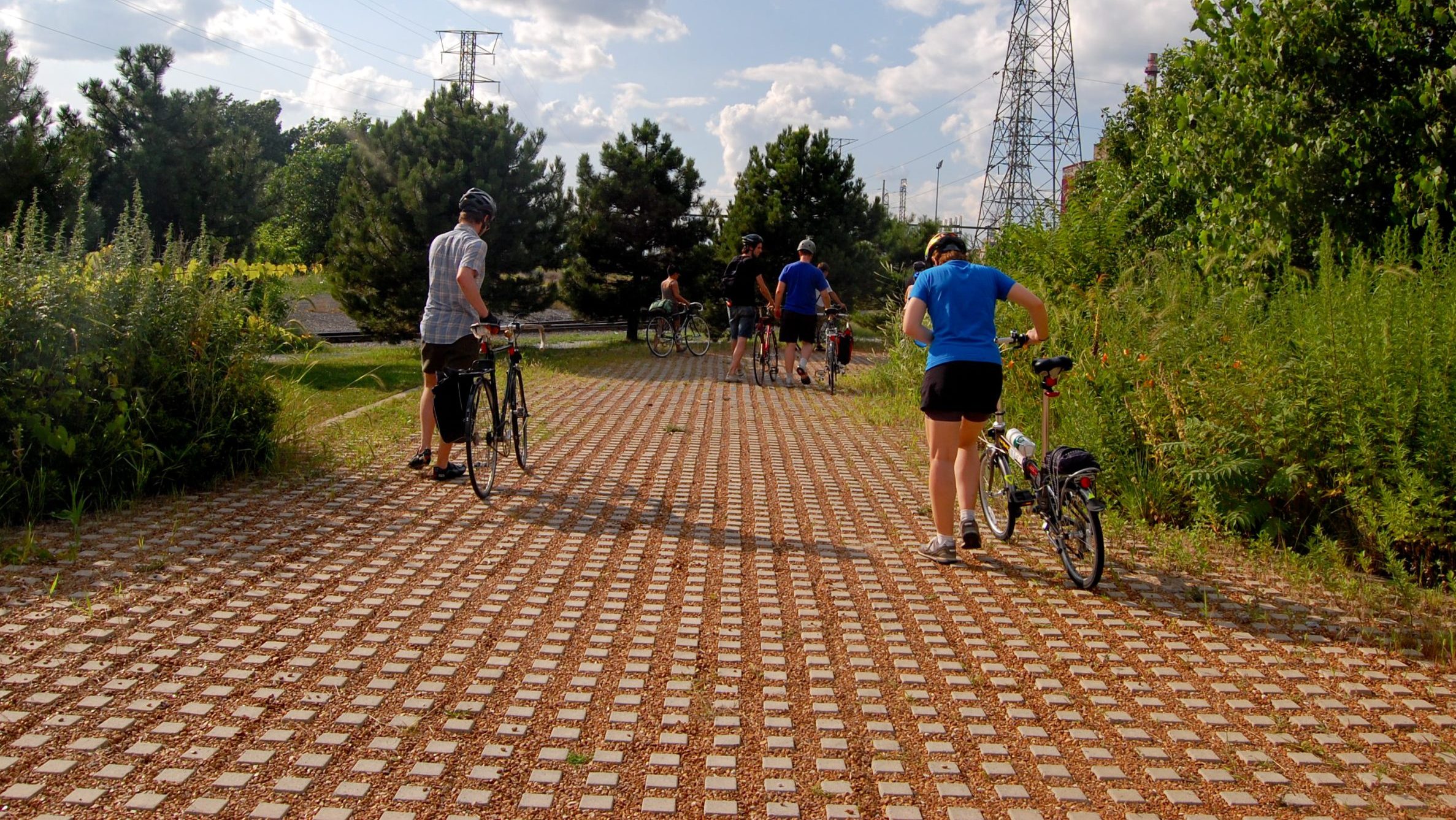
Policy Solution
Reduce impervious surfaces
Mandate

Summary
Reducing the amount of paved impervious surface area will provide cooling by lowering the amount of stored heat in surfaces.
Implementation
Relax requirements for parking to decrease the size of parking lots and spaces, as well as increase the vegetation in highly paved areas.
Considerations for Use
This strategy is best deployed as a component of a larger land use strategy which will vary greatly across municipalities or during development reviews.
Overview
Climate:
Cold, Hot/Dry, TemperatePolicy Levers:
MandateMandates are government regulations that require stakeholders to meet standards through building codes, ordinances, zoning policies, or other regulatory tools.Trigger Points:
City planning processesIncludes city initiatives such as the development of climate action plan, pathway to zero-energy, master plan, transit plan, energy mapping etc.Introducing new or updated zoning/codesIncludes codes, zoning requirements or by-laws pertaining to urban planning and building construction activity.No-regrets actions (low cost/low effort but substantial benefit)Interventions that are relatively low-cost and low effort (in terms of requisite dependencies) but have substantial environmental and/or social benefits.Intervention Types:
Buildings and Built FormSectors:
Public Works, Transportation
Case Studies
Impact
Target Beneficiaries:
ResidentsPhase of Impact:
Risk reduction and mitigationMetrics:
Total paved area reduction
Implementation
Intervention Scale:
SiteAuthority and Governance:
City governmentImplementation Timeline:
Medium-term (3-9 Years)Implementation Stakeholders:
City government, Private developers, Property owners and managersFunding Sources:
Public investmentCapacity to Act:
HighBenefits
Cost-Benefit:
LowPublic Good:
LowGHG Reduction:
N/ACo-benefits (Climate/Environmental):
Improve stormwater managementCo-benefits (Social/Economic):
Improve the public realm